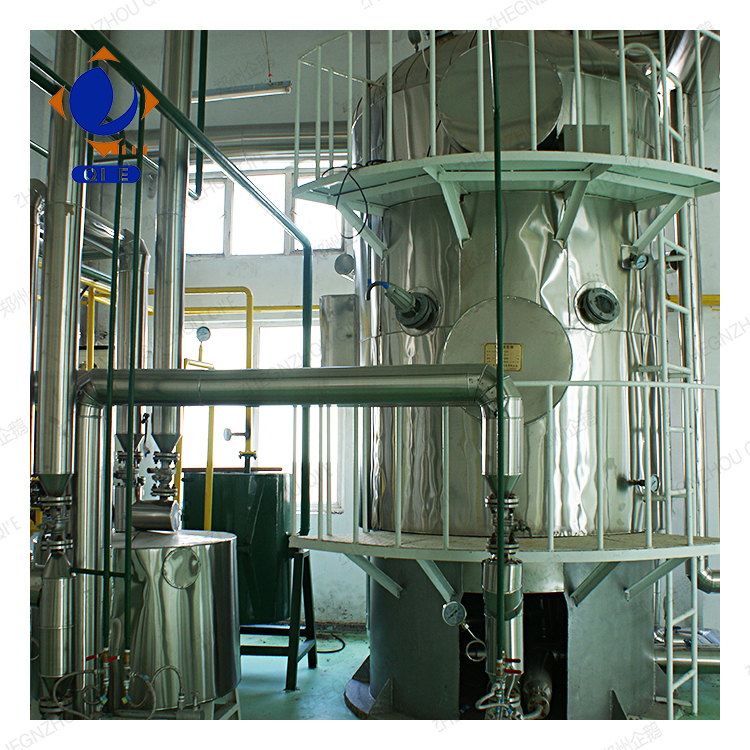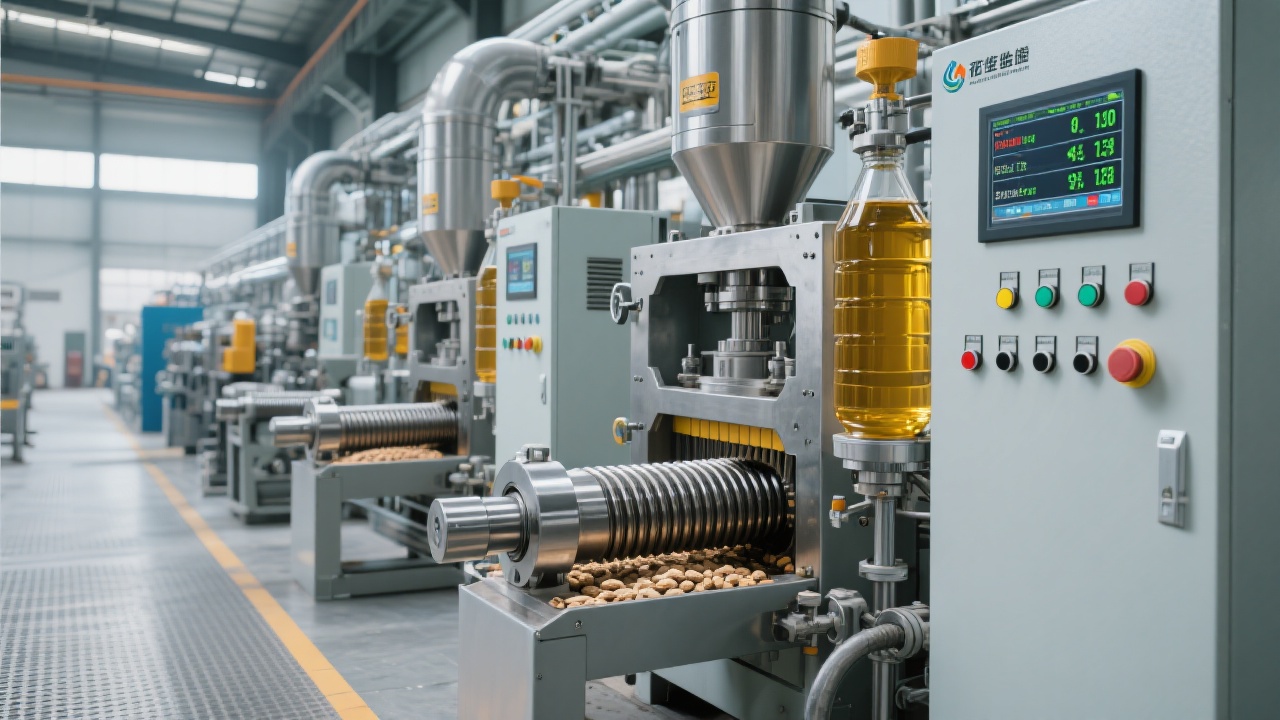
In the years I've spent in the oil processing industry, I've noticed that one of the most common pitfalls for peanut oil processors is improper equipment configuration and installation. This can lead to inefficiencies, increased costs, and even safety hazards. In this article, I'll share some essential advice on equipment configuration and installation points for peanut oil processing plants of different scales, aiming to help you achieve energy - saving, stable, and high - yield oil processing goals.
Choosing the right equipment is crucial for the success of your peanut oil processing plant. Here's a breakdown of equipment configuration based on different scales:
| Plant Scale | Daily Output | Key Equipment | Advantages |
|---|---|---|---|
| Small - scale | Less than 5 tons | Small - sized peanut cleaning machines, crushers, and screw oil presses | Low investment cost, flexible operation |
| Medium - scale | 5 - 20 tons | Medium - sized cleaning, crushing, pressing, and refining equipment, with automation control features | High efficiency, stable quality, and relatively low labor cost |
| Large - scale | Over 20 tons | Full - set large - scale automatic production lines, including advanced cleaning, pressing, and refining equipment | High - volume production, energy - saving, and high - precision control |
However, it's important to note that when selecting equipment, you should also consider factors such as raw material quality, market demand, and budget.
Proper preparation is the key to a smooth installation process. Here are the main aspects:

During the installation process, pay attention to the following technical details:
A county cooperative in [Location] aimed to set up a 5 - ton - per - day peanut oil production line. They faced challenges such as limited space and a tight budget. After careful equipment selection and professional installation guidance, they adopted a medium - scale production line with automation control features. The result? They achieved a stable daily output of 5 tons, with high - quality peanut oil and significant cost savings. One of their operators said, "The new equipment is really efficient and easy to operate. It has greatly improved our production efficiency."

Commissioning is the final step to ensure the normal operation of the equipment. Here are the general steps:
Common faults during commissioning may include abnormal noise, oil leakage, or unstable power consumption. You can refer to the following troubleshooting list:
| Fault | Possible Cause | Solution |
|---|---|---|
| Abnormal noise | Loose parts, lack of lubrication | Tighten the parts, add lubricant |
| Oil leakage | Poor sealing, damaged pipelines | Replace the sealing materials, repair or replace the pipelines |
| Unstable power consumption | Faulty electrical components, improper equipment operation | Check and replace the electrical components, adjust the operation method |

In conclusion, by following the above equipment configuration and installation guidelines, you can effectively reduce trial - and - error costs and improve the operation efficiency of your peanut oil processing plant. Do you have any similar problems in your industry? Share your specific scenarios with me, and I'll send you 3 solution cases from the same industry. Click here to learn more about our high - efficiency, energy - saving peanut oil processing equipment!

